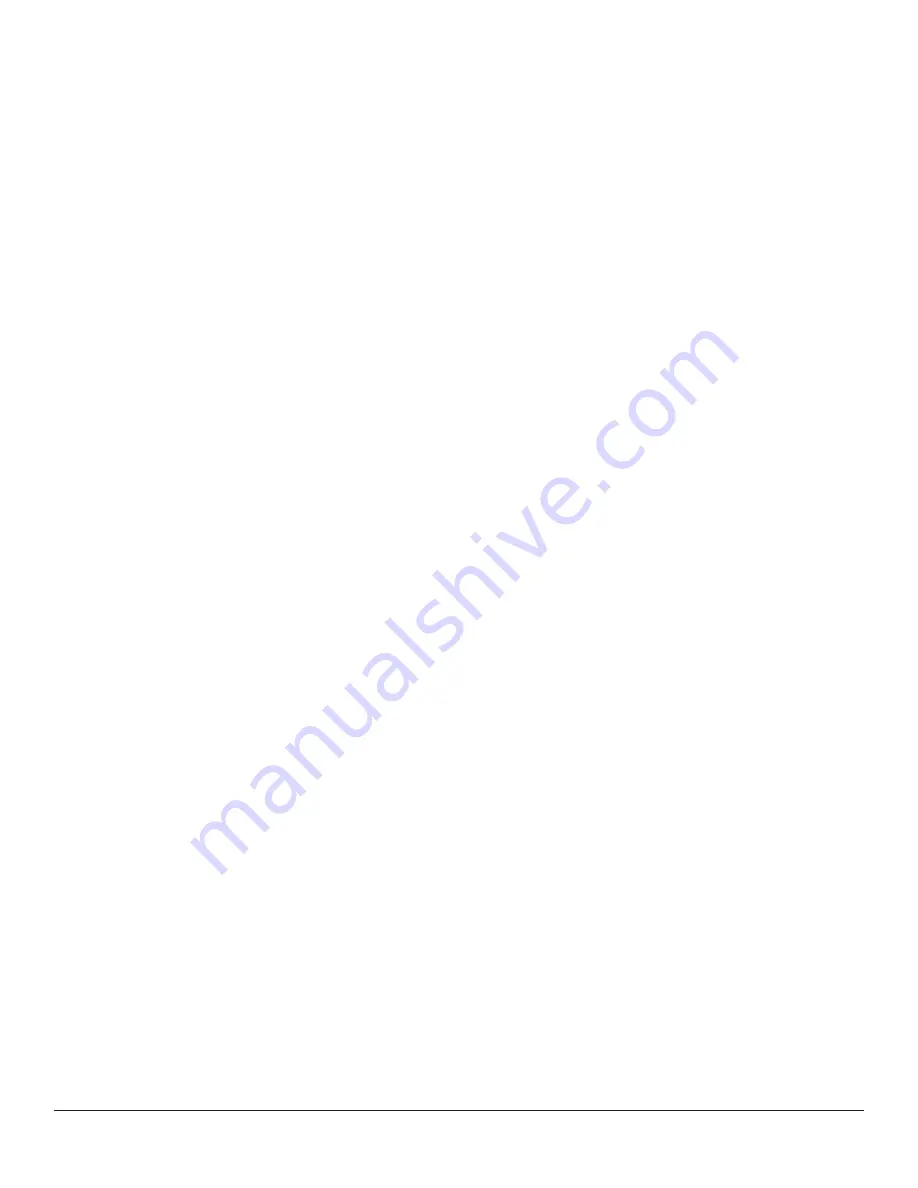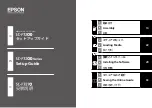
To order parts and supplies: 800.343.9353 >> eastwood.com
23
CREATING A G-CODE FILE
To create a G-Code file a 3D model is required. 3D Models can be created then saved in .STL format in most popular CAD programs.
Autodesk Fusion 360
is a
great affordable CAD program to create models with. 3D printing has a large online file sharing community and models can found for free or low cost on websites
such as
MakerBot Thingiverse
(
www.thingiverse.com
),
Cults
(
www.cults3d.com/en
), and
Prusa Printers
(
www.prusaprinters.org
).
• Open through the file menu, or drag and drop, the desired .STL file to be printed. Cura has a vast selection of options that can be tweaked to refine quality,
but a few of the most important settings that affect the print are layer height, infill density, nozzle and bed temperature, speed, retraction, cooling, support,
and build plate adhesion. Below are some recommendations for these settings:
°
Layer Height:
This indicates height of the layers being printed. To get the smoothest appearance possible and highest resolution use the thinnest layer
height possible. 0.1mm is the minimum recommended layer height, and will have the longest print time. For a faster print with good quality 0.2mm is
a good compromise. Strength is not significantly affected by this setting.
-
Typical Range:
0.1 - 0.2mm
°
Infill Density:
Infill is the material laid down on the inside of the shell to fill out the space and provide strength. This has some effect on layer time
as it takes longer to put more material down, but not as much as layer height. Infill is useful for adding more or less material to a part to make it
stronger or weaker.
If simply printing a prototype that will have no significant loads placed on it, 15 - 30% infill can be used to get a slightly faster print that takes less
filament to make. For a part that needs strength, much higher infill, anywhere from 50 - 90%, can be used. 100% infill is completely solid and, unless
this is specifically needed, there is not a large increase in strength from 90% to 100% infill.
-
Typical Range:
15 - 40%
-
High Strength Range:
40 - 90%
°
Nozzle Temperature:
Nozzle temperature depends on what material is being printed. The factory hot end in the printer has a PTFE tube heat break.
Due to this, it is hazardous, and detrimental to performance, to exceed 240°C so the temperature is limited to that in the firmware. Guidelines for PLA,
PLA+, and PETG, are shown below. These are some of the most common filaments in 3D printing.
-
PLA:
190 - 220°C
-
PLA+:
210 - 230°C
-
PETG:
230 - 240°C
°
Bed Temperature:
As with nozzle temperature, bed temperature depends on the filament at hand and sometimes bed conditions. Bed temperature
allows for the filaments to be softer and stick to the build plate easier with little to no lifting or shifting. Guidelines for PLA, PLA+, and PETG, are
shown below.
-
PLA:
No heat, 55 - 70°C
-
PLA+:
No heat, 55 - 70°C
-
PETG:
70 - 100°C
°
Speed:
Speed is how fast the print head moves when printing out filament. Changing the speed will affect print time and quality. Printing too fast can
degrade quality. PLA and PETG are commonly printed at 60 - 90mm/s.
°
Retraction:
Retraction is how far back the extruder will pull the filament when moving from the end point of an extrusion to the start of another.
The retraction pulls the filament back so there is little to no dribble of melted plastic on the print due to gravity. No retraction will result in a print that
has severe stringing. Typically, about 6.5mm of retraction works well for the Eastwood printer. This is a setting that can take some fine tuning to get
the perfect amount.
°
Cooling:
This setting refers to part cooling fan control. It immediately blows air over the freshly printed filament to cool it faster. PLA prints well with
the fan on 100%, but sometimes first and second layers can adhere better with little to no fan. PETG is typically printed with no fan, unless there is a
significant amount of bridging being done.
°
Support:
Supports are an option you can enable when your print has a lot of long overhangs. It will automatically determine where the print needs this
help and print a support structure to make sure the print is successful. This structure can then be snapped off the final print.
°
Build Plate Adhesion:
Build plate adhesion presents a few options to help the part stick to the build plate or allow easier removal.
Skirt
will lay a small
ring of filament a short distance from the part.
Brim
is similar but will go in completely and touch the part.
Raft
builds a platform under the print for it
to be built on.
• Once the desired settings are configured, click
Slice
in the bottom right corner to process the print. If the file is large and complicated it can take time to
compute the path.
• When the computation is complete, the G-code can be saved to the computer or directly to a Micro SD card if inserted. The print can also be previewed
with the
Preview
button. The Preview allows viewing of each layer and see how the print will complete, which can be useful to determine the feasibility of
the part and spot issues ahead of time.
NOTE:
Ultimaker Cura
is a widely used software in the 3D printing community and there are many free resources on the web to help with the software
learning curve. Sites such as
All3DP
(
www.all3dp.com
) and
Simplify3D
(
www.simplify3d.com
) serve as great references to diagnose issues.






































